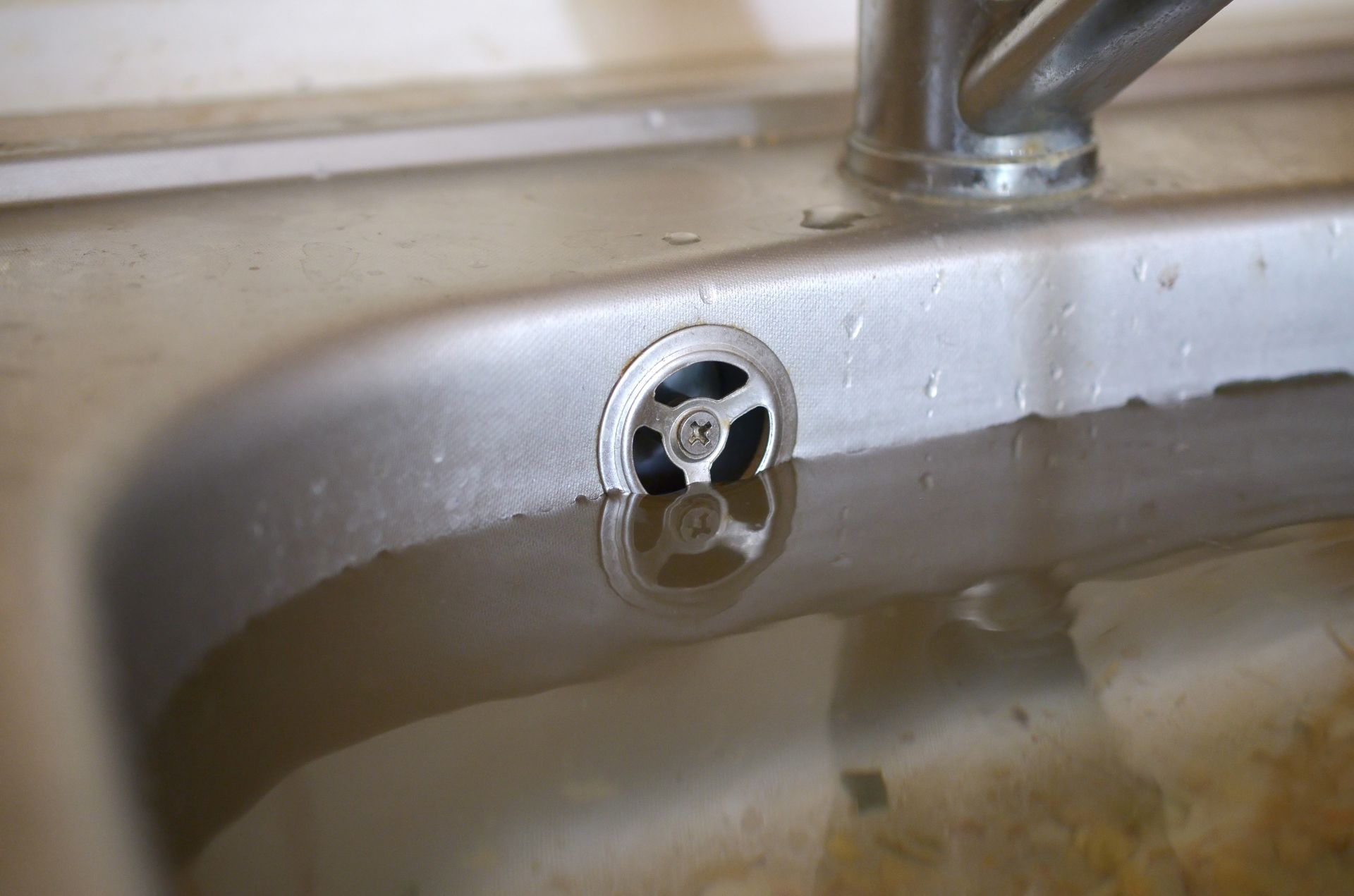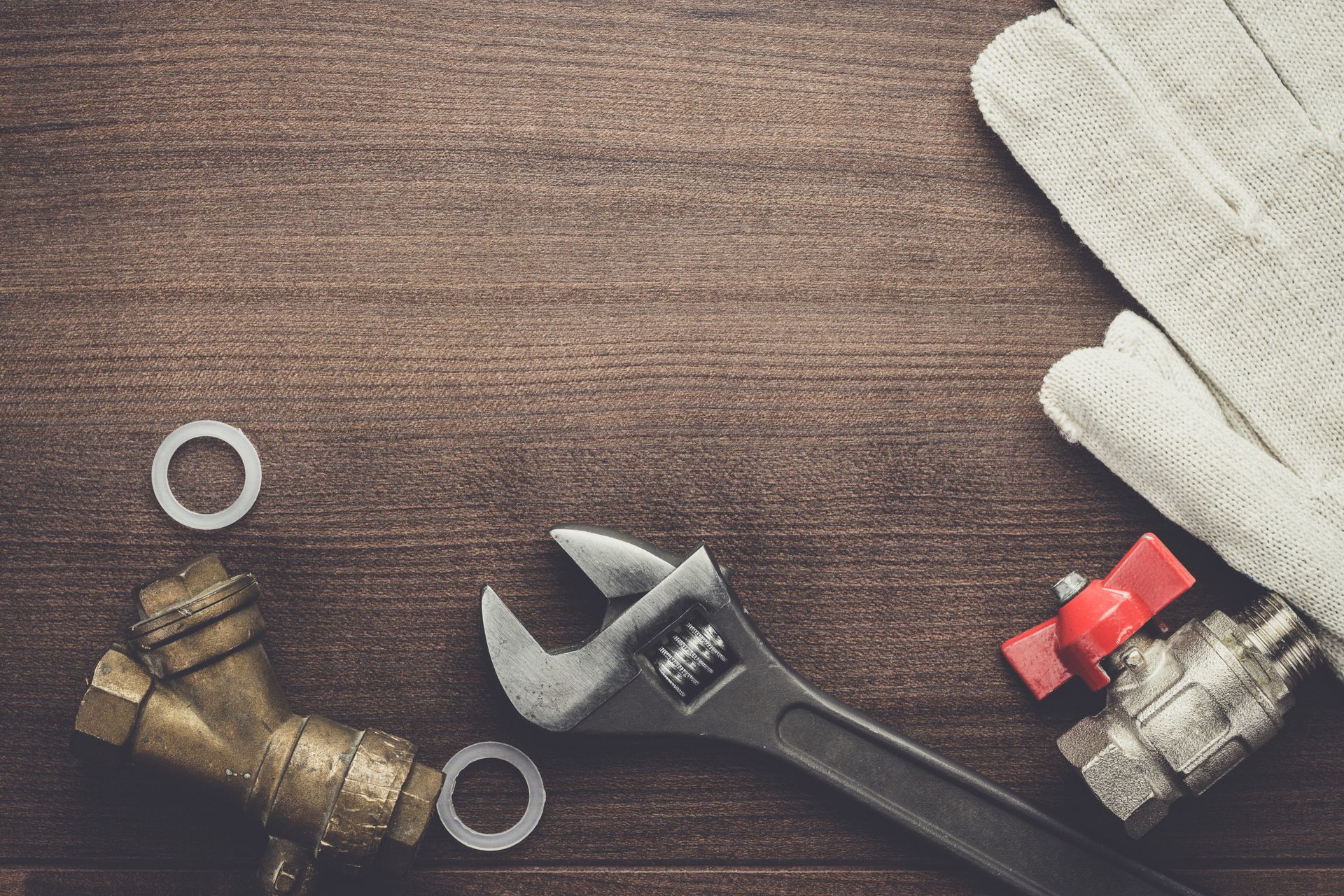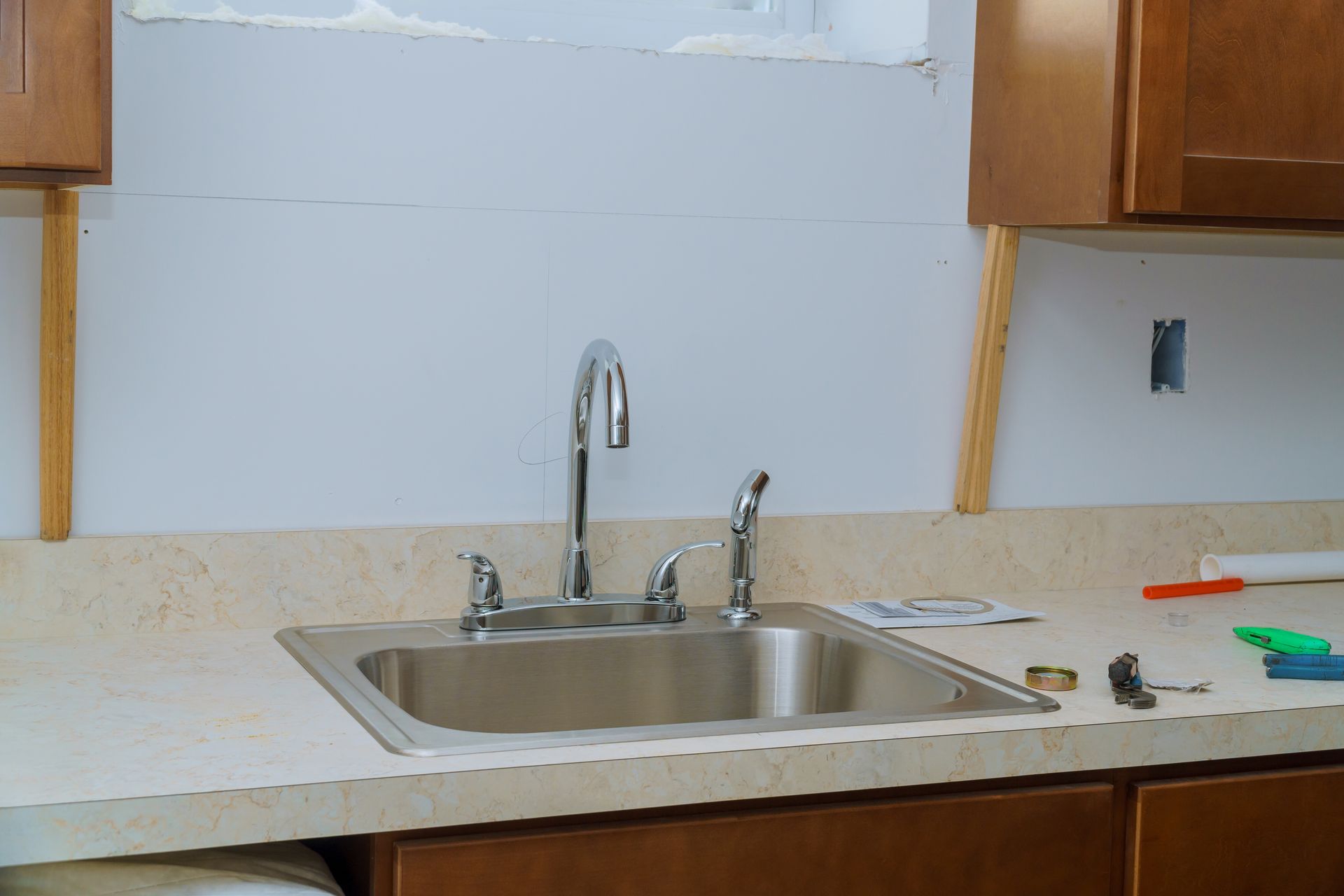 Working Hours : Mon-Fri (8.00 AM - 5.00 PM) and Sat (8.00 AM - 12.00 PM)
Working Hours : Mon-Fri (8.00 AM - 5.00 PM) and Sat (8.00 AM - 12.00 PM)
Why Slab Leak Detection is Crucial for Long-Term Home Safety

Homeownership comes with many responsibilities, and among the most worrisome are the unseen problems that can cause significant damage before they even reveal themselves. Slab leaks are a prime example of such hidden threats, quietly undermining the foundation of your home. These leaks occur when water pipes beneath your home’s concrete foundation develop problems due to soil movement, corrosion, or the natural aging of your plumbing system.
One of the most alarming issues with slab leaks is that they often go unnoticed until significant damage has already occurred. By that point, repairs can become incredibly costly. Early detection is not just important—it’s vital. Understanding what causes slab leaks, how to identify them, and how professional detection can help is crucial for protecting your home from unnecessary destruction and expenses.
What Are Slab Leaks?
Slab leaks occur when the water pipes installed beneath your home’s concrete foundation develop cracks or breaks, causing water to escape and collect beneath the slab. Unlike leaks in visible plumbing systems, slab leaks are particularly insidious because they’re hidden from view, making them difficult to detect until substantial damage has already been done.
There are several factors that can lead to a slab leak:
- Soil Shifting: The earth beneath your home is not static. Changes in moisture levels, earthquakes, or even the natural shifting of soil over time can place stress on the pipes, causing them to crack.
- Corrosion: Pipes—especially those made of metal—can corrode over time due to the chemical composition of the water, leading to leaks.
- Poor Installation: If the pipes were not properly installed when the home was built, they may be more susceptible to damage. This could be due to poorly welded joints or bends in the pipes that are under excessive pressure.
- Wear and Tear: Even the best-built plumbing systems deteriorate over time. Aging pipes may crack, leak, or simply give out after years of use.
A family began noticing a subtle warmth in their kitchen floor. At first, they thought it was just a quirk of the home’s heating system or perhaps the appliances radiating heat. However, over time, they started seeing unexplained increases in their water bill and, eventually, damp spots on their baseboards. After a professional inspection, they discovered that a hot water pipe had been leaking beneath the slab for months, slowly but steadily eroding the foundation.
Slab leaks come in two primary forms:
- Hot Water Slab Leaks: These can be easier to detect due to the warm spots they create on your floors.
- Cold Water Slab Leaks: These are often more subtle, typically causing water pooling around the foundation or damp patches on walls and floors.
Both types can lead to significant structural damage and costly repairs if not caught early.
The Threat of Slab Leaks to Your Home’s Foundation
Slab leaks don’t just impact your water supply; they pose a severe threat to the stability of your home’s foundation. As water seeps out from the damaged pipe, it begins to erode the soil beneath your home. This erosion creates voids or pockets under the slab, leading to an uneven distribution of weight. Over time, the foundation may crack, settle unevenly, or even shift.
In extreme cases, entire sections of the house may start to sink. Doors may jam, windows may no longer open properly, and you could find that your once-level floors now have a noticeable slope. At this point, the cost to repair both the plumbing and the foundation can easily soar into the tens of thousands.
Imagine coming home one day and noticing that your furniture appears to be leaning slightly to one side. At first, you might think it’s just your imagination. But upon further inspection, you realize that the issue extends throughout the house—doors no longer close properly, and your floor feels uneven. This is a common reality for homeowners who’ve unknowingly allowed a slab leak to erode their foundation over time.
Structural damage from slab leaks can become so severe that the home itself is no longer safe to live in until repairs are made. It’s a slow-moving but very real threat that underscores the importance of detecting leaks as early as possible.
Why Early Detection is Critical
The sooner you can detect a slab leak, the better your chances of minimizing damage to your home. Unfortunately, because slab leaks are hidden, many homeowners don’t realize something is wrong until the problem has escalated.
Many homeowners tend to overlook minor warning signs, such as a slight increase in their water bill or small cracks appearing in the flooring. These may seem like insignificant issues at first, but they can be the early indicators of a much larger problem beneath the surface.
By the time these warning signs become more noticeable—like a musty odor from mold growth, or actual water pooling under your flooring—the leak has likely been active for quite some time, and the damage is already extensive.
The financial implications of ignoring a slab leak can be devastating. Structural damage, water damage, mold remediation, and foundation repairs can quickly add up. What could have been a manageable repair costing a few hundred dollars can escalate into a repair bill in the tens of thousands if the leak is not addressed early.
Health Risks Associated with Slab Leaks
Aside from the structural risks, slab leaks can also introduce significant health hazards. Water that escapes into your foundation can create the perfect environment for mold and mildew to flourish. These fungi thrive in damp, dark areas, and once they take hold, they can be difficult to eliminate.
Mold is more than just an unsightly problem—it poses a serious health risk, particularly to individuals with respiratory conditions such as asthma, or to those with weakened immune systems. Even healthy individuals can develop respiratory issues, allergies, or skin irritation when exposed to mold spores for extended periods of time.
Additionally, slab leaks can cause damage to flooring materials such as hardwood, laminate, or tile. Water may seep up through the slab, leading to warped floorboards or cracked tiles. In many cases, homeowners are forced to replace large sections of their flooring, further increasing repair costs.
Signs of a Slab Leak
The key to minimizing the damage from a slab leak is to catch it early. Although the leaks are hidden beneath your home’s foundation, they do leave telltale signs that homeowners can watch for. Some of the most common indicators include:
- Unexplained increases in water bills: A sudden spike in your water bill, without a corresponding increase in water usage, could indicate that water is leaking from the pipes beneath your home.
- Warm spots on floors: If you notice that certain areas of your floor are unusually warm, this could be a sign of a hot water slab leak.
- Damp or discolored areas on flooring or walls: Water seeping up through the slab can cause damp patches, staining, or even warping of your floors.
- Cracks in walls or floors: As the foundation shifts due to soil erosion caused by leaking water, cracks may begin to appear in the walls or floor tiles.
- The sound of running water: If you can hear water running even when all your taps are turned off, this could be a sign that water is escaping from somewhere in your plumbing system—potentially beneath the slab.
A homeowner once heard what they thought was faint gurgling in their walls but dismissed it as normal pipe noise. Weeks later, they were faced with extensive water damage and a foundation crack that required significant repairs. Had they addressed the issue when they first noticed the sound, they could have saved thousands in repair costs.
DIY vs. Professional Leak Detection
When it comes to slab leaks, some homeowners attempt to locate and address the leak themselves. While there are basic DIY methods that can give you clues, slab leaks often require professional intervention for proper diagnosis and repair.
DIY Detection Methods
Homeowners may try the following approaches:
- Listening for the sound of running water when all taps are turned off.
- Checking for damp spots or visible signs of moisture on floors and walls.
- Monitoring your water bill for sudden spikes in usage.
While these methods might offer some insight, they often fall short of pinpointing the exact location of the leak, especially if it’s deep under the slab or in areas where the damage is not yet visible.
Professional Detection Methods
Professionals have access to specialized tools that can accurately locate slab leaks with minimal disruption to your home. These include:
- Electronic Leak Detection: This method uses sensors to listen for the sound of water escaping from pipes under the slab.
- Thermal Imaging: Infrared cameras can detect temperature variations under your floors, which can help identify leaks in hot water lines.
- Acoustic Tools: These devices amplify the sound of running water, making it easier to pinpoint the exact location of a leak.
Hiring a professional ensures that the leak is accurately detected and repaired before it causes further damage. In one case, a homeowner attempted to break through their slab based on a suspected leak location, only to discover they were several feet off, causing unnecessary damage to the slab and increased repair costs. Professional detection can save you both time and money in the long run.
Why Investing in Water Leak Detection Systems Matters
A water leak detection system can save you from the stress of constantly worrying about potential leaks. These systems continuously monitor your water lines, alerting you if they detect unusual water usage or pressure drops, giving you early warning before a small problem becomes a big disaster.
One homeowner, after dealing with multiple expensive leak repairs, decided to install a smart leak detection system. Not long after the installation, the system detected unusual water flow beneath their slab. Thanks to the alert, they were able to act quickly, calling a professional to inspect and repair the leak before any major damage occurred.
Investing in a detection system provides peace of mind, knowing that your home is being monitored even when you’re away. It’s a simple step you can take to avoid the immense costs and stress associated with undetected leaks.
Final Thoughts
Slab leaks are often hidden from view, but their effects can be devastating if not caught early. From structural damage to health risks, the consequences of a slab leak can far exceed the immediate water damage. By staying vigilant for signs, acting quickly when you suspect a problem, and using professional detection methods, you can protect your home and avoid unnecessary, expensive repairs.
Don’t let a hidden slab leak turn into an expensive disaster. Early detection is key to preventing structural damage, health hazards, and costly repairs. If you suspect any signs of a slab leak, act now. Protect your home by getting a professional inspection today.
Contact us to schedule your slab leak detection service and ensure the long-term safety of your property.
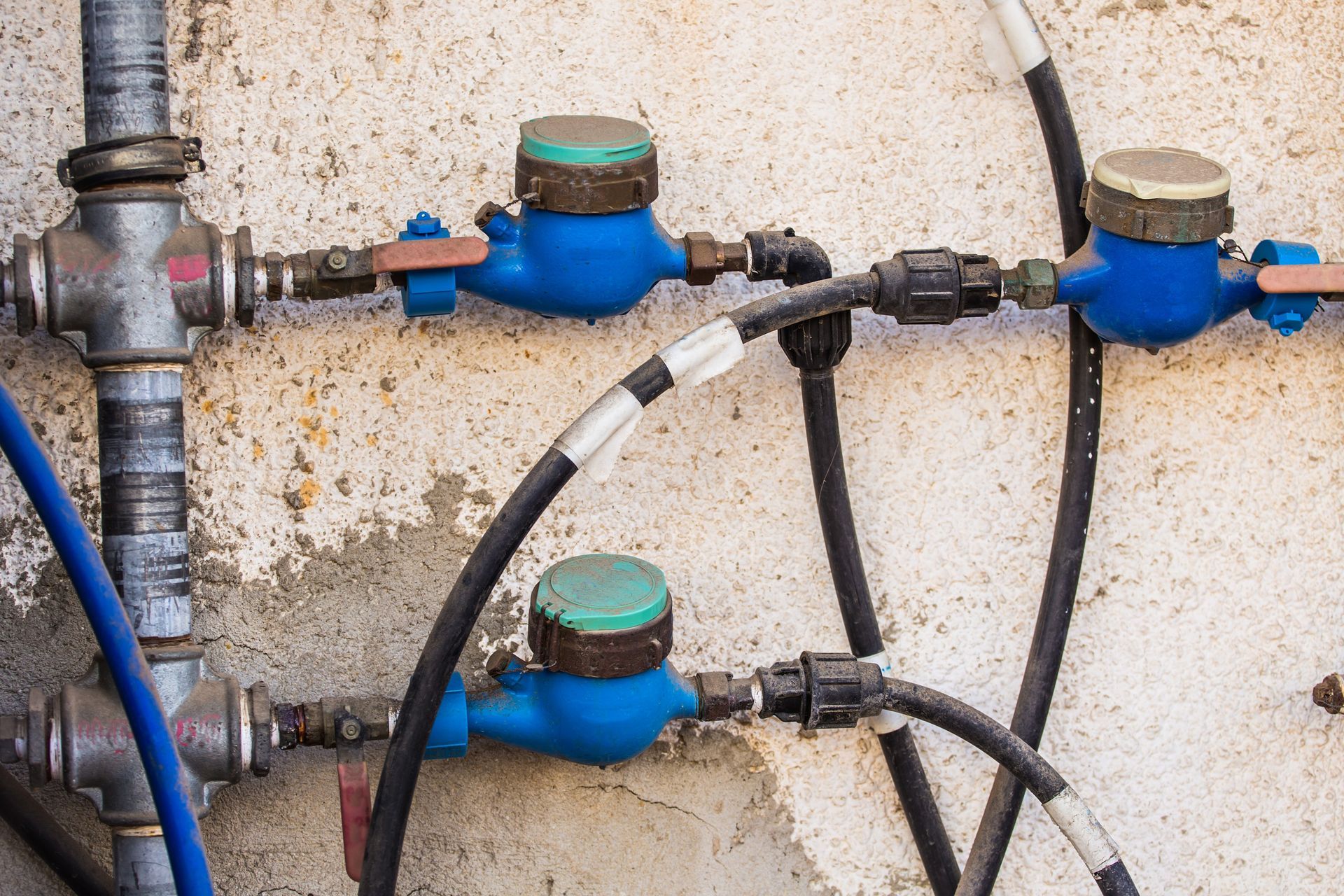
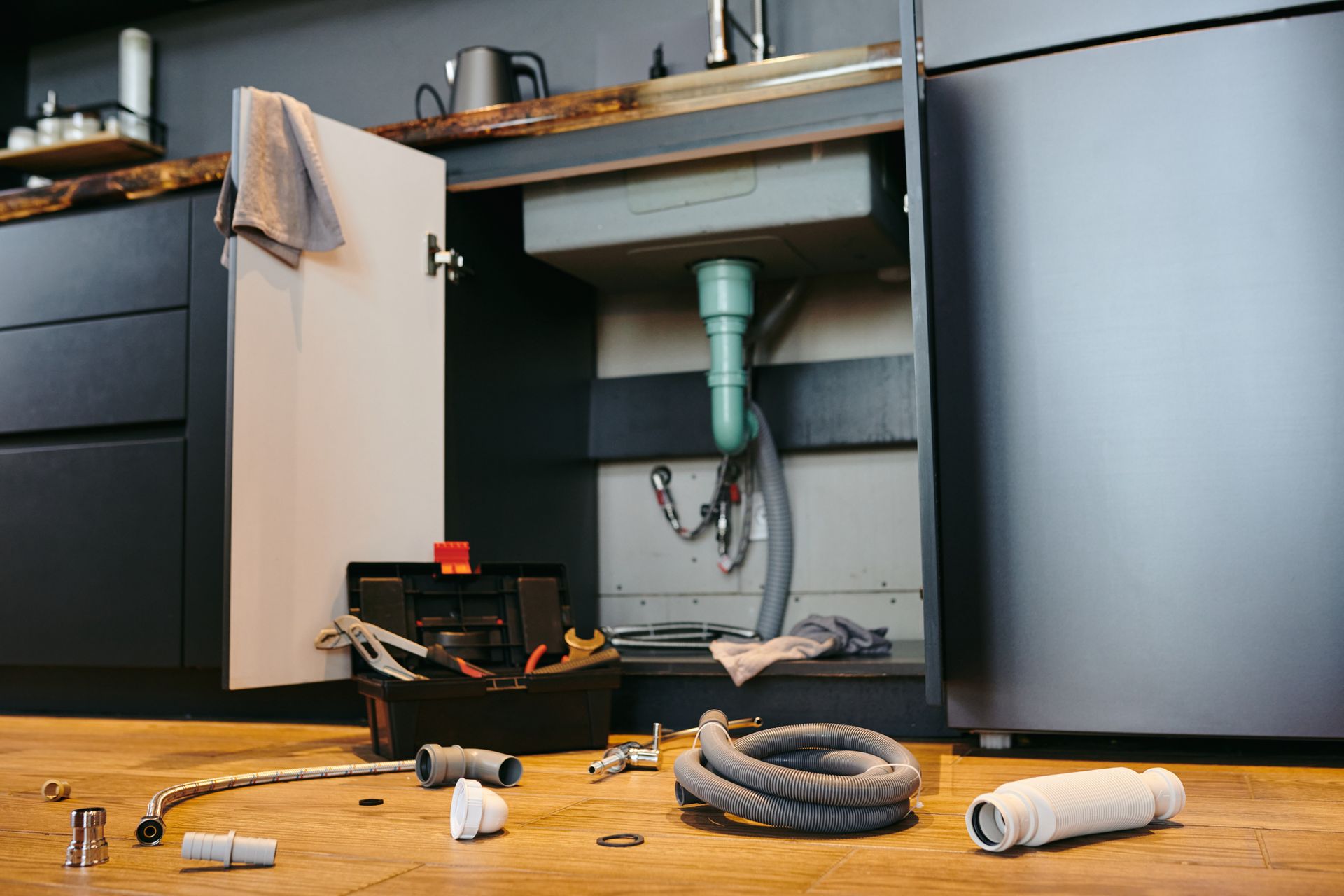
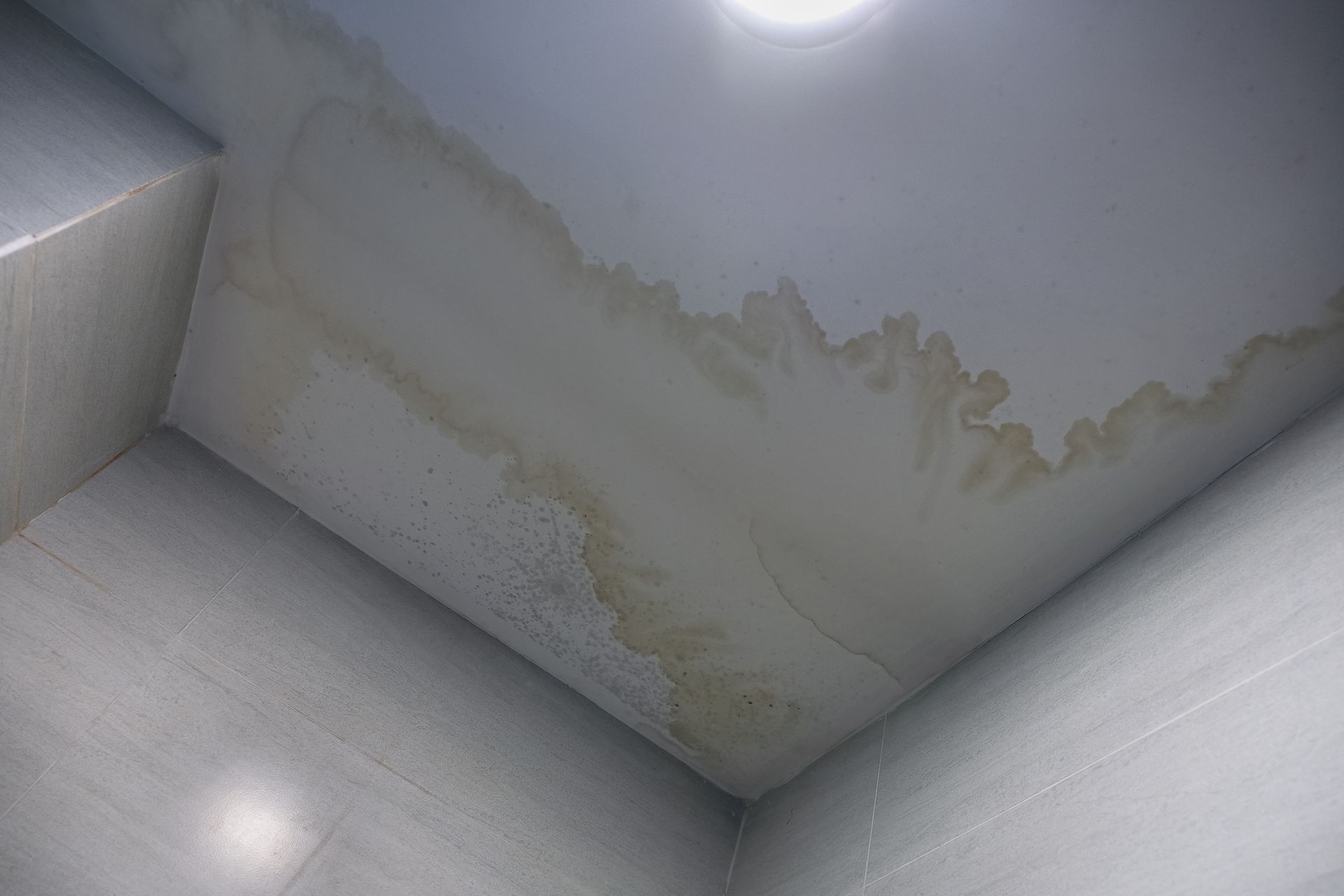

Trust our expert team for reliable water leak detection in the Santa Teresa, NM area, including El Paso, TX, Las Cruces, NM, and Sunland Park, NM. At Leak Detectors, we are your go-to leak detection company for precise and efficient solutions. Whether you're searching for wall leakage or need advanced slab leak detection, we have the tools and expertise to handle it all.
Quick Links
Our Services
Copyright © 2024 Leak Detectors LLC



